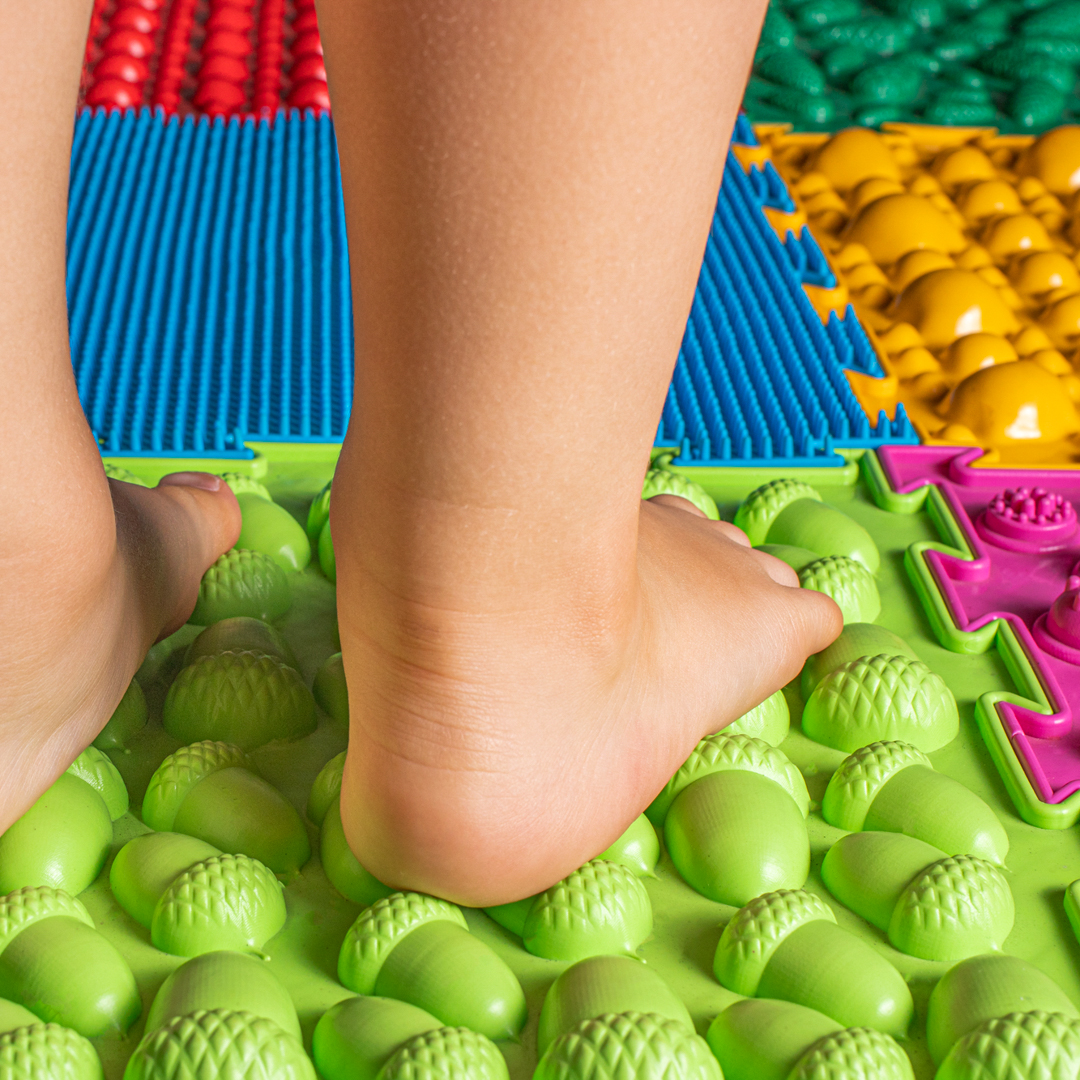Tips to Help Your Child Adapt to New Environments
Children thrive in routine. Structure gives them the sense of safety and security to successfully manage themselves and their environments. Unpredictable changes such as starting child care or even moving to a new neighborhood can deprive them of their sense of safety and mastery over their environment, leaving the child anxious and unable to cope.
Of course, change is inevitable, which is why it’s essential to help your child adapt to new environments. One of life’s inevitable changes is starting school, whether that’s child care or kindergarten. Transitioning to a new environment can have a profound emotional impact on children because transition also means separation. And young children don’t know that the separation is only temporary.
To avoid separation anxiety, here are some tips and strategies that will help your child cope with any transitions in their life.
Ease into Normalcy
In other words, prepare a routine. Creating structure and routine erodes instability and removes their fear of uncertainty. Children are constantly grappling with loads of new information, so it’s important to allow them to practice and master routines that will eventually lead to self-regulation. For instance, having a nighttime routine and keeping the same bedtime equips them with the tools and security to wake up and explore new territory.
Let Them Know You’re in It Together
Your child takes their cues from you about what is safe and what isn’t. Always talk through new experiences with your child before thrusting them into the unknown. Give them an idea of the fun activities they have to look forward to and rouse their curiosity. More importantly, let them share their thoughts and feelings as this reassures them that you’re with them every step of the way.
Giving them a safe spot to look forward to will help them adjust to the new environment and enable a smooth transition. Independence grows from a foundation of safety.
Let Them Express Their Frustrations
Children in new educational settings are easily overwhelmed. Being positive about their experiences and frustrations eases some of the pressure. At times of change, many children can feel insecure and stressed, making everything that much harder to handle. Learning and coming to terms with new environments takes a lot of energy, and their emotional needs are much higher than usual.
At this point in their lives, they need extra connection, closeness, warmth, and encouragement, especially during the first few weeks of a new transition. So, keep open communication with your child and keep tabs on how they’re coping. Soon enough, you’ll both be settled in your new environments.
Introduce the New Environment
All children need time to feel comfortable around strangers and unfamiliar environments. Toddlers, in particular, do not handle change well. Setting up a meeting with your child’s teachers prior to starting at a childcare center helps them get introduced and more comfortable with them, and they get to learn about what activities they will get to participate in throughout the day.
Before arriving, it is important to talk with your child about the school and the schedule of events in a positive and reassuring tone.
Create a Goodbye Ritual
Predictability comforts a young child. Developing a goodbye ritual is a great way to start their school day as it creates a predictable pattern. For instance, a special handshake can make the event more fun, and telling them you’ve left a note or a nice treat in their lunch box can give them something to look forward to.
If you don’t say goodbye, it might seem like you disappeared, which adds to their uncertainty about the new environment.
Routine – The Key to Seamless Transition
When transitioning to a new environment, it’s crucial to provide predictable routines as they’ll minimize the emotional difficulties of the shift. Structure provides safety which will keep your child motivated to learn and explore.


